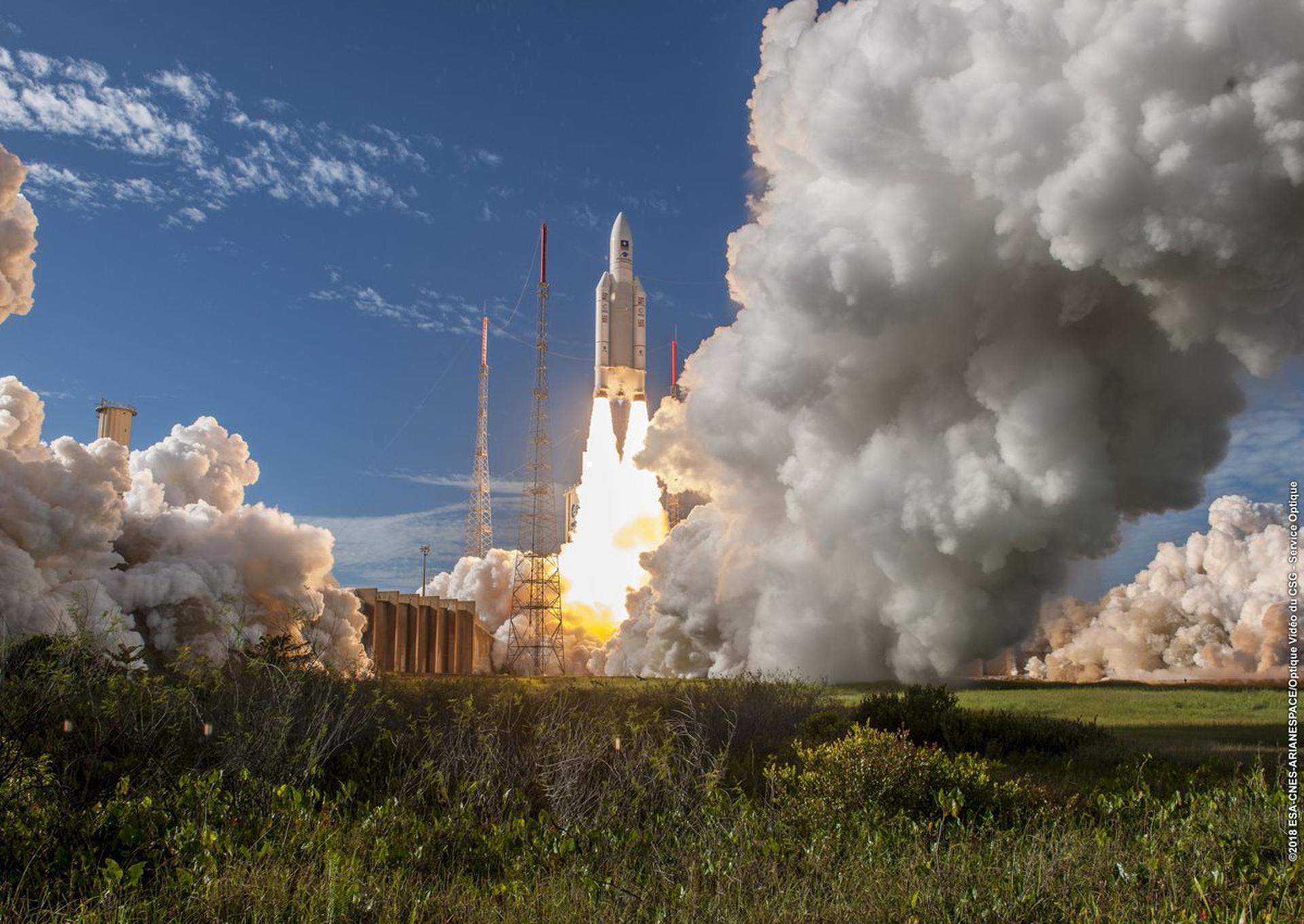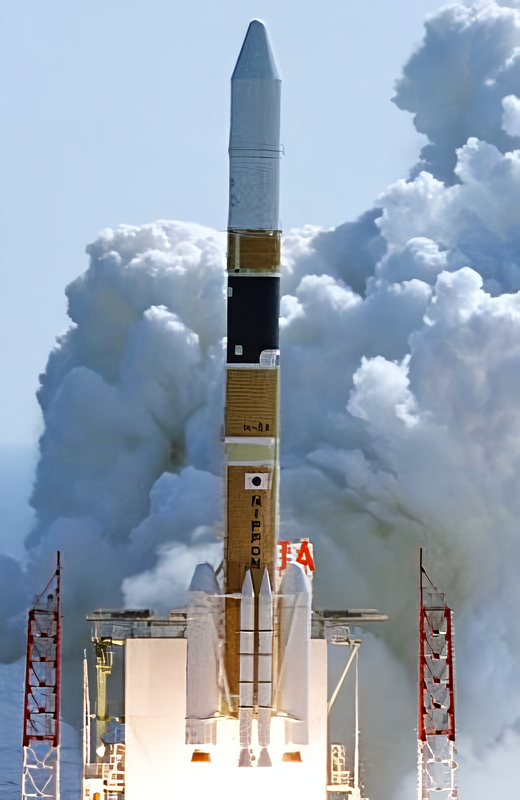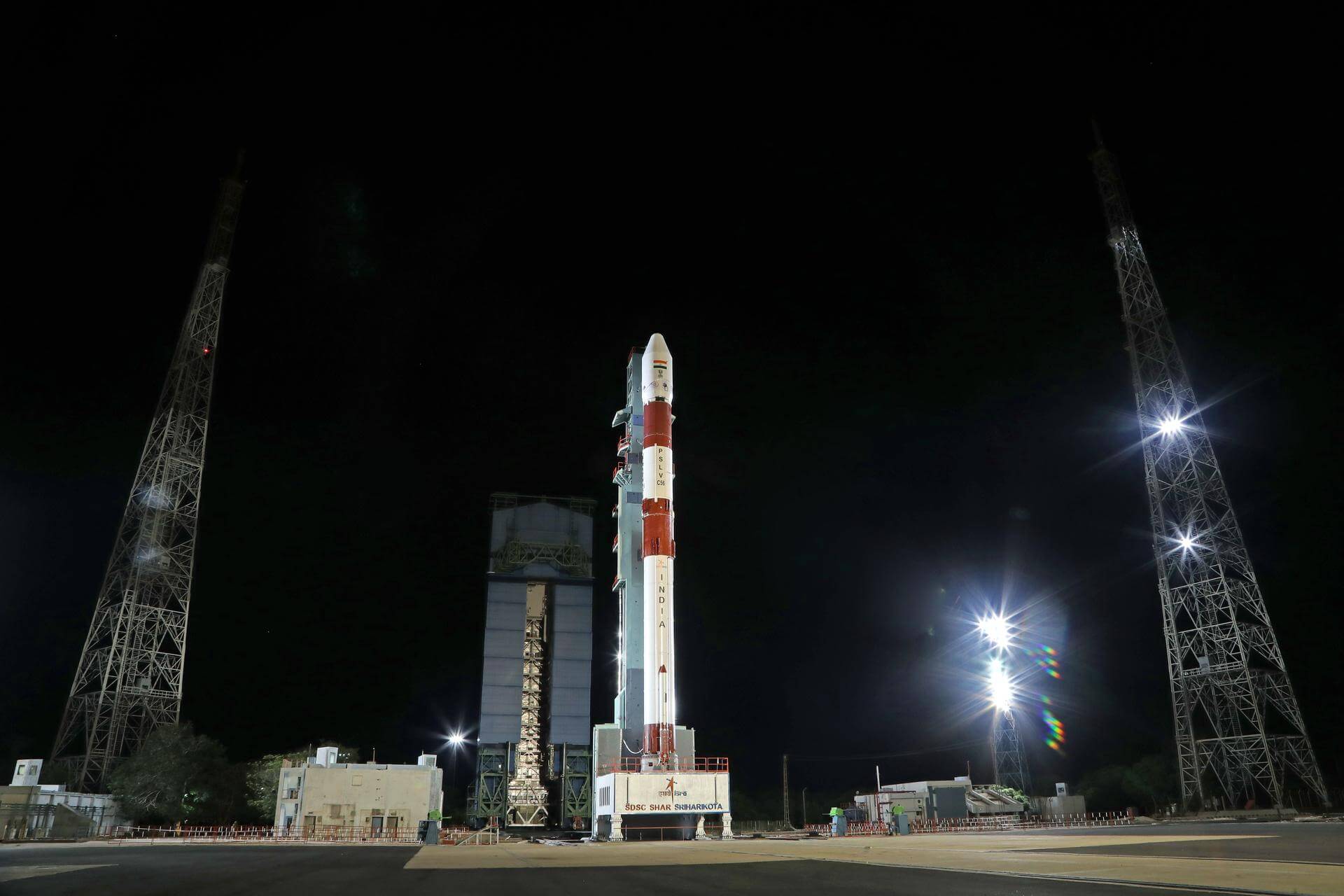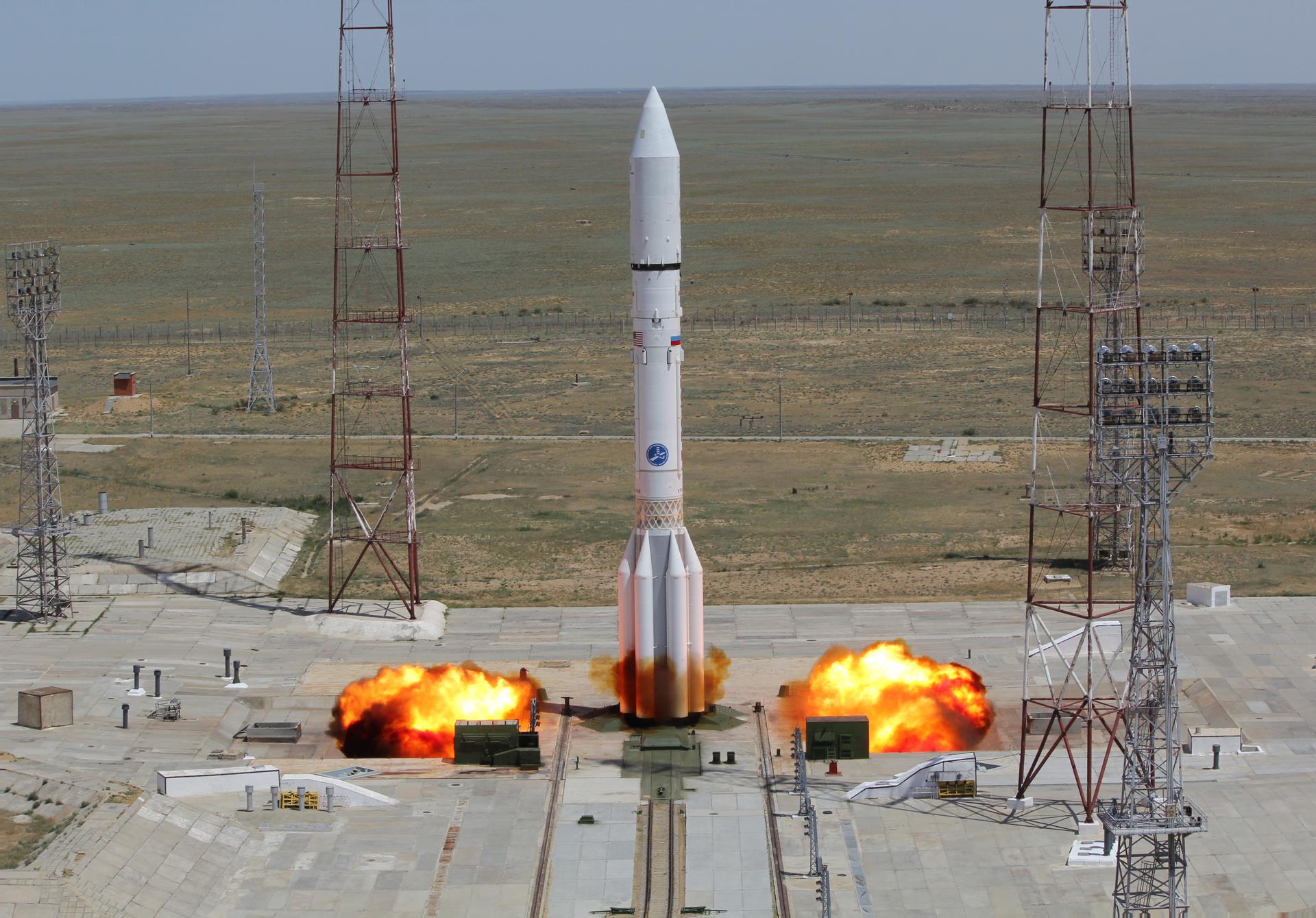Previous Spaceflight Launches
Filter by Agency, Locations or Vehicles
Show All LaunchesSpace Shuttle Endeavour / OV-105 | STS-123
National Aeronautics and Space Administration | United States of AmericaKennedy Space Center, FL, USA
March 11, 2008, 6:28 a.m.
Status: Launch Successful
Mission:
STS-123 was a Space Shuttle mission to the International Space Station (ISS) which was flown by Space Shuttle Endeavour. STS-123 was the 1J/A ISS assembly mission. The original launch target date was 14 February 2008 but after the delay of STS-122, the shuttle was launched on 11 March 2008. It was the twenty-fifth shuttle mission to visit the ISS, and delivered the first module of the Japanese laboratory, Japanese Experiment Module (KibÅ), and the Canadian Special Purpose Dexterous Manipulator, (SPDM) Dextre robotics system to the station.
Low Earth OrbitAriane 5 ES | ATV-1 "Jules Verne"
ArianeGroup | FranceGuiana Space Centre, French Guiana
March 9, 2008, 4:03 a.m.
Status: Launch Successful
Mission:
ATV-1 is the Automated Transfer Vehicle operated by the European Space Agency (ESA) to resuplly the international space station (ISS) with propellant, water, air and dry cargo. After three weeks of orbit testing it rendezvoused with the ISS on 3rd April 2008.
Low Earth OrbitH-IIA 2024 | Kizuna
Mitsubishi Heavy Industries | JapanTanegashima Space Center, Japan
Feb. 23, 2008, 8:55 a.m.
Status: Launch Successful
Mission:
WINDS, also called Kizuna, is currently under joint development by JAXA and the National Institute of Information and Communications Technology, as part of the e-Japan Priority Policy Program of the Japanese government's IT strategy headquarters. WINDS was launched by an H-IIA Launch Vehicle in 2008 to establish the world's most advanced information and telecommunications network. It is expected that this information and telecommunications network's speed and capacity will be much higher than anything achieved previously. The WINDS satellite communication system aims for a maximum speed of 155 Mbps (receiving) / 6 Mbps (transmitting) for households with 45-centimeter aperture antennas (the same size as existing Communications Satellite antennas), and ultra-fast 1.2 Gbps transmission for offices with five-meter antennas.
Geostationary Transfer OrbitProton-M Briz-M | Thor 5
Khrunichev State Research and Production Space Center | RussiaBaikonur Cosmodrome, Republic of Kazakhstan
Feb. 11, 2008, 11:34 a.m.
Space Shuttle Atlantis / OV-104 | STS-122
National Aeronautics and Space Administration | United States of AmericaKennedy Space Center, FL, USA
Feb. 7, 2008, 7:45 p.m.
Status: Launch Successful
Mission:
STS-122 was a NASA Space Shuttle mission to the International Space Station (ISS), flown by the Space Shuttle Atlantis. STS-122 marked the 24th shuttle mission to the ISS, and the 121st space shuttle flight overall. The mission was also referred to as ISS-1E by the ISS program. The primary objective of STS-122 was to deliver the European Columbus science laboratory, built by the European Space Agency (ESA), to the station. It also returned Expedition 16 Flight Engineer Daniel M. Tani to Earth. Tani was replaced on Expedition 16 by Léopold Eyharts, a French Flight Engineer representing ESA. After Atlantis' landing, the orbiter was prepared for STS-125, the final servicing mission for the Hubble Space Telescope.
Low Earth OrbitSoyuz U | Progress M-63
Russian Federal Space Agency (ROSCOSMOS) | RussiaBaikonur Cosmodrome, Republic of Kazakhstan
Feb. 5, 2008, 1:02 p.m.
Proton-M Briz-M | Ekspress AM-33
Khrunichev State Research and Production Space Center | RussiaBaikonur Cosmodrome, Republic of Kazakhstan
Jan. 28, 2008, 12:18 a.m.
PSLV | TECSAR 1
Indian Space Research Organization | IndiaSatish Dhawan Space Centre, India
Jan. 21, 2008, 3:45 a.m.
Zenit | Thuraya 3
Sea Launch | RussiaSea Launch
Jan. 15, 2008, 11:48 a.m.
Proton-M | Uragan-M 12 to 14
Khrunichev State Research and Production Space Center | RussiaBaikonur Cosmodrome, Republic of Kazakhstan
Dec. 25, 2007, 7:32 p.m.









